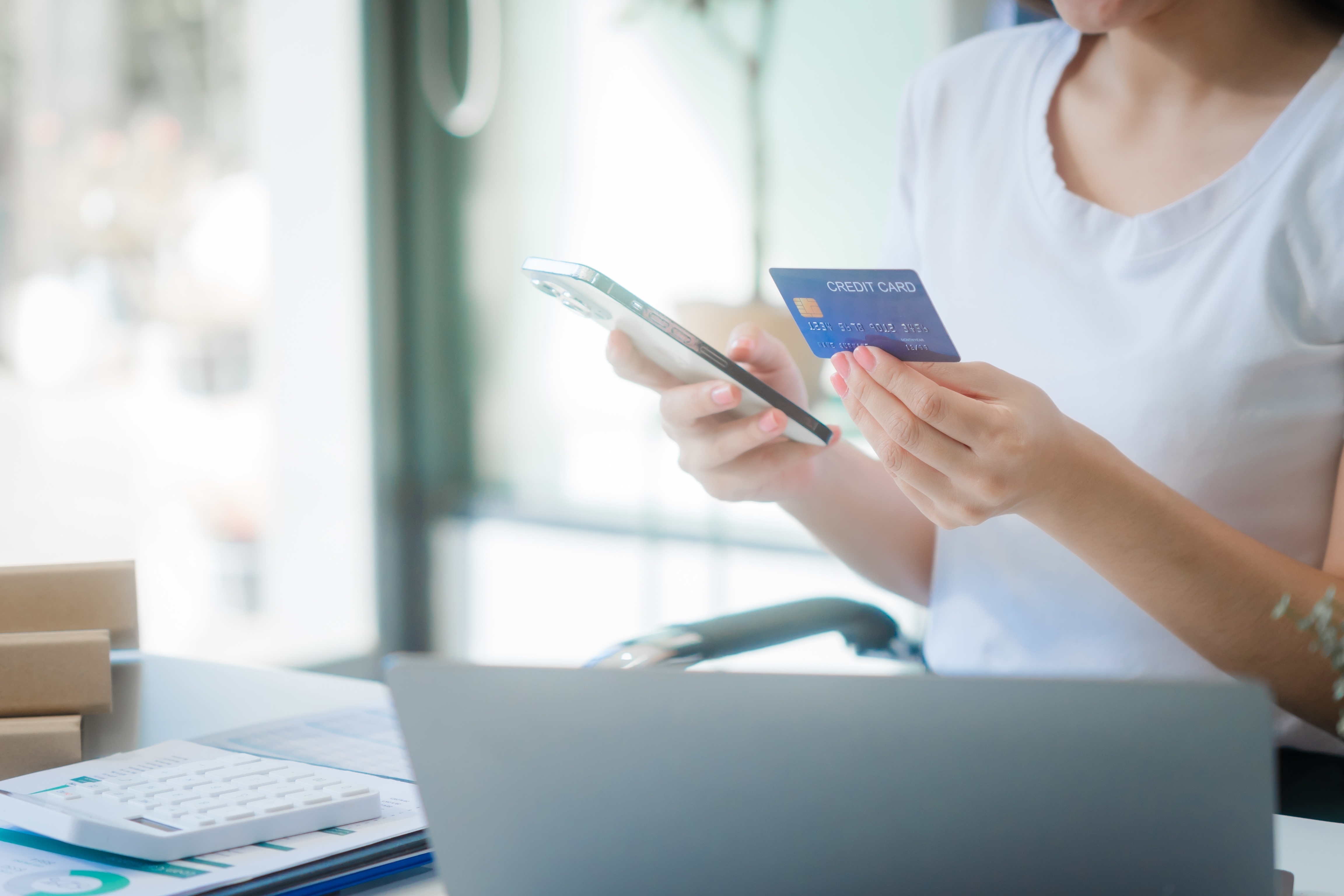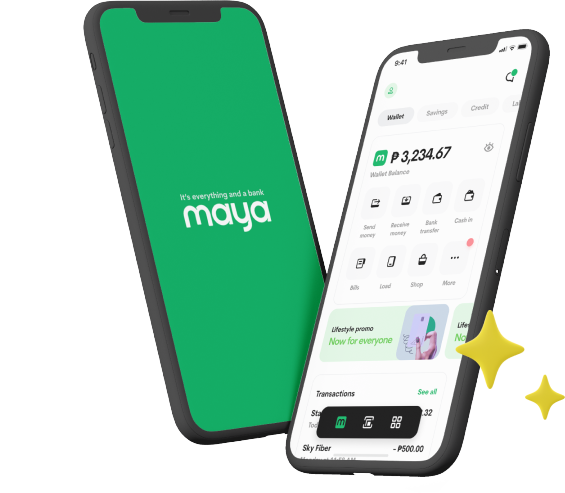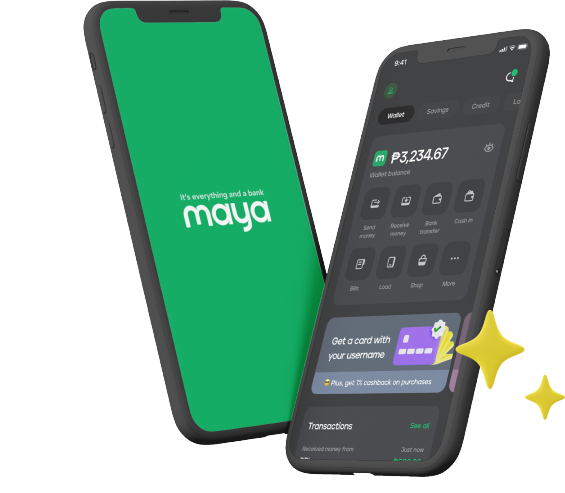Phishing is one of the most common types of scams that target online shoppers today. In fact, market research firm Statista even noted in a survey that 50% of digital fraud attempts in the Philippines during the last quarter of 2023 can be attributed to phishing attacks. Phishing scammers usually hook in their victims by pretending to be from a legitimate organization and asking for the victim’s information, such as their login or credit card details, under the guise of a system check or verification.
Because of this, many people are wary of using their credit cards online thinking their financial information will just fall into the hands of a phishing scammer. However, it’s completely possible to have secure online credit card transactions so long as you’re aware of how these scammers operate. Here are some ways to tell if you’re being targeted by a phishing attack as well as some tips on how to protect your credit card information from being compromised.
Spotting a Phishing Scam
The goal of phishing scammers is to create a sense of urgency among their victims, thus making them panic and less likely to scrutinize the scammer’s message. For instance, you may receive an email from someone claiming to represent your credit card provider asking you to send them your card details right away for verification or else they’ll deactivate your card access. Because of the threat that you may lose access to your card, you may end up complying with the scammer’s instructions. However, if you only take the time to examine the message carefully, you’ll find that the email address used by the sender is actually different from the official one and that their message isn’t as professional-sounding as you would expect from a legitimate company.
Therefore, the key to spotting phishing scams is to watch out for messages with urgent demands and ultimatums such as “your account will be deactivated” or “your credit card will be locked.” Stay calm and instead contact your credit card provider directly to verify the accuracy of the claim and to report the incident if you suspect fraudulent activity. By being vigilant and well-informed, you can significantly reduce your chances of being a victim of any online scam.
SafeguardingYour Credit Card Information
Despite the threats of phishing and other online scams, credit cards are actually among the safest payment options for online shopping given its security features. Take for example Maya’s Landers Cashback Everywhere Credit Card and its dynamic CVV feature. A card verification value (CVV) is a three-digit number at the back of your credit card that needs to be entered during transactions as an anti-fraud measure. For an added layer of security, your Landers Cashback Everywhere Credit Card has a dynamic CVV that can be accessed via the Maya app. The dynamic CVV is only valid for 24 hours, and a new number is generated every time the card details are accessed via the app. Hence, if you’re wary about entering your permanent CVV during online transactions, then you can use the dynamic CVV instead.
Given this feature plus its generous cashback benefits that let you earn up to 5% cashback on your Landers purchases, 2% on dining, and 1% on other qualified transactions,* you can shop safely online and be rewarded while you’re at it.
In addition, here are more tips on how to ensure safe transactions and protect yourself from phishing scams and other threats when using your cashback credit card.
1. Educate Yourself about Common Phishing Techniques
Understanding the various phishing techniques is crucial to protecting your cashback credit card information. As mentioned, common methods include deceptive emails, fake websites, and text messages that impersonate legitimate companies. Be aware of signs like misspellings, generic greetings, or urgent requests for personal information. Regularly educating yourself about the latest phishing tactics used by scammers can significantly reduce your risk.
2. Use Strong Passwords
Creating strong passwords is essential for safeguarding your cashback credit card information. Use a combination of uppercase and lowercase letters, numbers, and special characters to create complex passwords that are difficult to guess. Also avoid using easily obtainable information like birthdays or names. Additionally, consider using a password manager to generate and store unique passwords for different accounts securely. Finally, regularly updating your passwords further enhances security, making it harder for attackers to access your sensitive information.
3. Use Two-Factor Authentication
Two-factor authentication (2FA) adds another extra layer of security to your online accounts, including your cashback credit card. During transactions, this process will require you to input not just a password but also a second form of verification, such as a code sent to your mobile device. Even if a hacker were to obtain your password, they would still need access to your second verification method. Enable 2FA wherever possible to protect your accounts from unauthorized access.
4. Shop Only on Genuine and Trusted Websites
Also make sure to shop only on credible online stores, as their payment processing systems are likely more secure, which lessens the risk of scammers obtaining your financial information. Before making a purchase, ensure that you're shopping from the merchant's real website. Look for signs of authenticity, such as real online reviews and the use of the “https://” protocol, which indicates a secure connection. You should also always double-check the URL to make sure it's correct, and make sure to avoid clicking on links from unsolicited emails or messages that might lead you to a fake site.
5. Secure Your Network
When making online purchases, make sure you’re using a secure connection such as your home’s internet connection or a virtual private network. Avoid completing credit card transactions while connected to a public Wi-Fi as this leaves your information vulnerable to hackers.
6. Keep Your Software Updated
Keeping your software updated is vital for protecting your cashback credit card information from potential threats. Software updates often include security patches that fix vulnerabilities that hackers could exploit. This includes not only your operating system but also your web browsers and security software. Also enable automatic updates to ensure you receive the latest security enhancements promptly, especially if you don’t have time to do this manually.
7. Don’t Share Sensitive Information
Be cautious about sharing sensitive information online or over the phone, especially when unsolicited requests come from unknown sources. Legitimate companies will never ask for your credit card details, passwords, or personal identification information through email or text. If you receive such a request, verify the sender’s identity by contacting the company directly through official channels. Maintaining this discipline can help prevent your cashback credit card information from falling into the hands of scammers.
8. Consider Not Saving Your Credit Card Information on Merchant Websites
Some online stores may offer to save your credit card information so you won’t have to enter it again the next time. While this can be convenient, it’s much better to refrain from using this feature. Even if the shopping platform is generally safe, your credit card may still be used for fraudulent transactions if
it gets compromised in a data breach or if hackers gain access to the store's servers.
9. Beware of Dumpster-Diving Hackers
Credit card billing statements that you throw in the trash or leave in your mailbox can fall into the wrong hands and be used against you in a scam. Therefore, it’s better to opt for paperless billing instead to reduce paper trail of your sensitive financial information.
10. Report and Replace Lost Cards Immediately
If you do suspect that your credit card has been compromised, then don’t hesitate to block it and order a card replacement instead so the compromised card can’t be used for fraudulent transactions. Your Landers Cashback Everywhere Credit Card makes this process much more convenient as you can just facilitate the card replacement process on your Maya app through the following steps:
- Go to “Cards” and select your credit card
- Tap the gear icon to open your card settings
- Select “Card Security” then “Replace this Card”
- Select a reason
- Once your card is canceled, you can tap “Order a New Card” to get a replacement
Do note that card replacement fees may apply. For further assistance, you may also reach out to Maya’s customer service by accessing the in-app support.
By equipping yourself with the right knowledge of common security threats and the measures you can take to protect your sensitive financial information, you can make your card truly the safest credit card there is. Always keep in mind the pointers mentioned in this article each time you shop online or in-store to ensure you’ll be safe from phishing scams and other threats.
*Transactions that don’t qualify include: cash in, cash advance, quasi cash purchases, casinos and gambling, fuel, supermarket, pharmaceuticals, utilities, telco, and government.
You might also like
These Stories on Maya Bank





